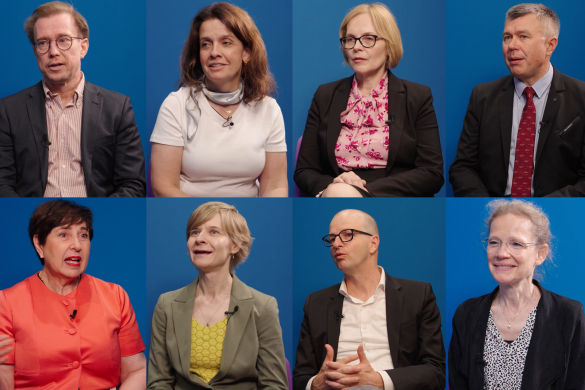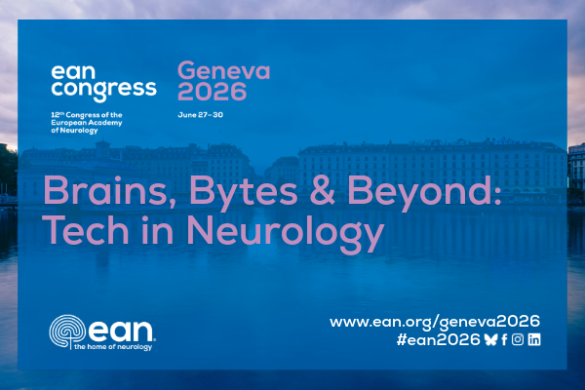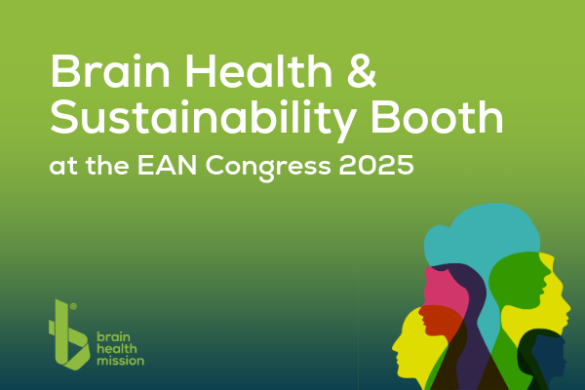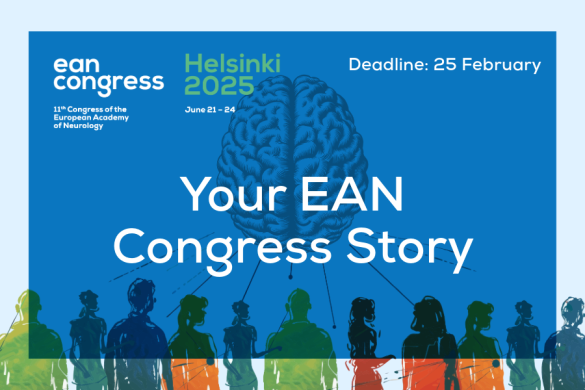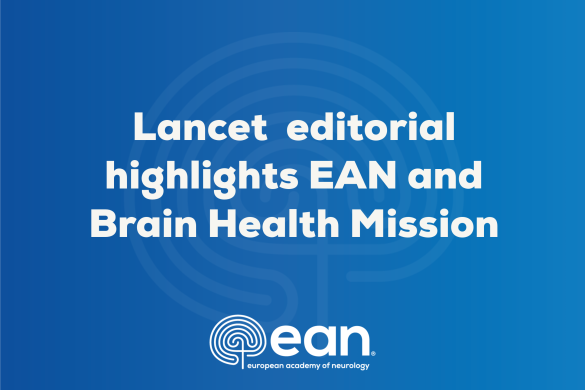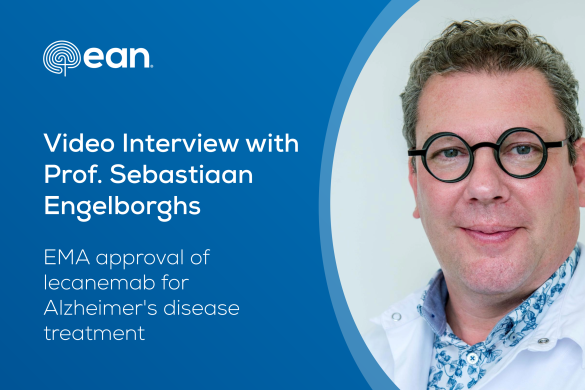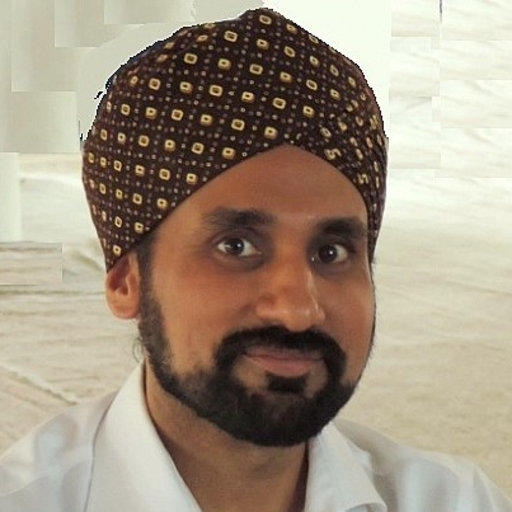
Dr Dilraj Singh Sokhi, BMedSci, MBChB, MRCP
Assistant Professor at the Aga Khan University Hospital
Nairobi, Kenya
- How has COVID19 and national measures to control it affected routine and emergency neurology service delivery in your country? How have you adapted to deal with the impact?
Kenya was one of the first few countries in Africa to impose a lockdown one week after the first ever COVID-19 case was reported in the country at the beginning of March 2020. There was no movement allowed between the 47 counties, and a curfew from 7pm to 5am. In a country where the majority of the working population are labourers and casual workers, the impact on livelihoods, household incomes, whole communities and societies was tragically enormous. People had to make a choice of whether to pay for a doctor’s consultation, or buy their family’s next meal.
Taking our own tertiary regional referral centre in Nairobi as an example, for 3 months after the lockdown the throughput of neurology patients in the wards and in clinics fell by 50%. There was fear of coming to a “COVID” hospital with multiple anecdotal reports of patients praying for an hour before coming to clinic. Patients with acute neurological symptoms such as strokes would wait it out at home rather than come to the hospital, reflecting a 50% reduction in thrombolysis rates in 2020 in our hospital.
A significant majority of the neurologists in our country (and we are less than 20) are based in the capital city, which has also continuously been the country’s epicentre of the pandemic. We needed to reach out to our patients and reassure them, review them and guide them early on in the pandemic. I spearheaded formulating guidelines as an active member of the Neurological Society of Kenya (NSK), both for physicians and patients, on what to do and what can be changed (e.g. deferring fundoscopy to an ophthalmologist who has full personal protective equipment). The altruistic plethora of publications from international organisations such as the Association of British Neurologists (ABN) and European Academy of Neurology (EAN) were critical in informing us on adapting practice.
- Have you seen many people whom you were concerned had neurological complications of COVID19 infection? What are the most common neurological manifestations of COVID19 in your region?
Typically, about 15% of our inpatient admissions (approximately 100 per week) are neurological, and since the pandemic a good percentage of these patients were infected with COVID, with rates of up to 60% during the surges. Until recently, the commonest neurological presentation (aside from anosmia and ageusia) was new-onset headache, and subtle clues such as a tachycardia or slight fever would almost be pathognomonic of COVID. In general, some COVID patients – especially in those aged >65 – were encephalopathic with COVID but with no focal deficits including on radiology.
However, during the currently ongoing and most devastating third surge, we have seen a wider variety of presentations: acute strokes, exacerbations of epilepsy, and Guillain-Barre syndrome in addition to headaches.
- What are your main concerns for the future in regard to COVID19? What do you think are the key measures and contingency plans necessary to ensure high quality care for people living with neurological diseases during this pandemic?
In a resource-limited setting with suboptimal access to vaccination, the main concerns are the population letting their guard down too early between surges. The basic three rules of hand hygiene, face masks and social distancing need to be a routine of daily life now, but is difficult to enforce. Kenya is an international hub for the region and therefore is a melting pot for more transmissible variants to be imported.
For continued care of neurology patients, there needs to be ongoing cross-platform and cross-speciality discussions on risks and benefits in every aspect of care. Does a patient really need to be admitted when the transmission rate is so high? Do patients need to come to hospital to see their neurologist or is it safe and adequate to tele-consult within international guidance? What of patients on immunosuppressive therapy such as those with multiple sclerosis and are on rituximab? Does the risk of relapse outweigh the risk of being admitted for an infusion during a surge?
Harnessing technology to improve access to tele-neurology is one solution although it has its limitations. Engaging with patient groups as their specialist health advocates in order to provide uniform messages are important e.g. NSK has shared with the Myasthenia Gravis Society of Kenya the precautions required whilst on immunosuppression and the risks/benefits of vaccination.
- Do you have any examples of positive innovations that have arisen in your service during the pandemic?
One of the ABN guidelines we circulated nationally via NSK and adopted institutionally was remote consultation i.e. teleneurology. Patients were not coming to hospital since the first lockdown, and were silently suffering out in the community. I successfully piloted a 2-week tele-consultation service which paved the way for adapting telemedicine across specialities in our hospital as well as across the city (https://www.aku.edu/news/Pages/News_Details.aspx?nid=NEWS-002139). During the first and second surge we encouraged patients to convert to tele-neurology for their safety. Our neurology service is the biggest user of tele-medicine in the hospital at present. In terms of neurological education, we have limited the number of residents attending clinic to one at any given time. During the clinical examinations (OSCEs), as the programme director I mitigated the risk to patients and staff by minimising the amount and frequency of contact between exam patient, examiner and examinee/trainee. We did this by looking at the patients who were already coming to see the specialist anyway in clinic, and then discussing with the consultant whether they had good clinical signs. If so, they were identified and allotted their clinic appointment time on the examination day with extra time given for one trainee to enter the room, examine them together with an additional examiner, and then leave. Therefore, rather than having a large number of people in a small confined examination area, the OSCEs took place within the respective specialist’s clinic areas around the hospital.





